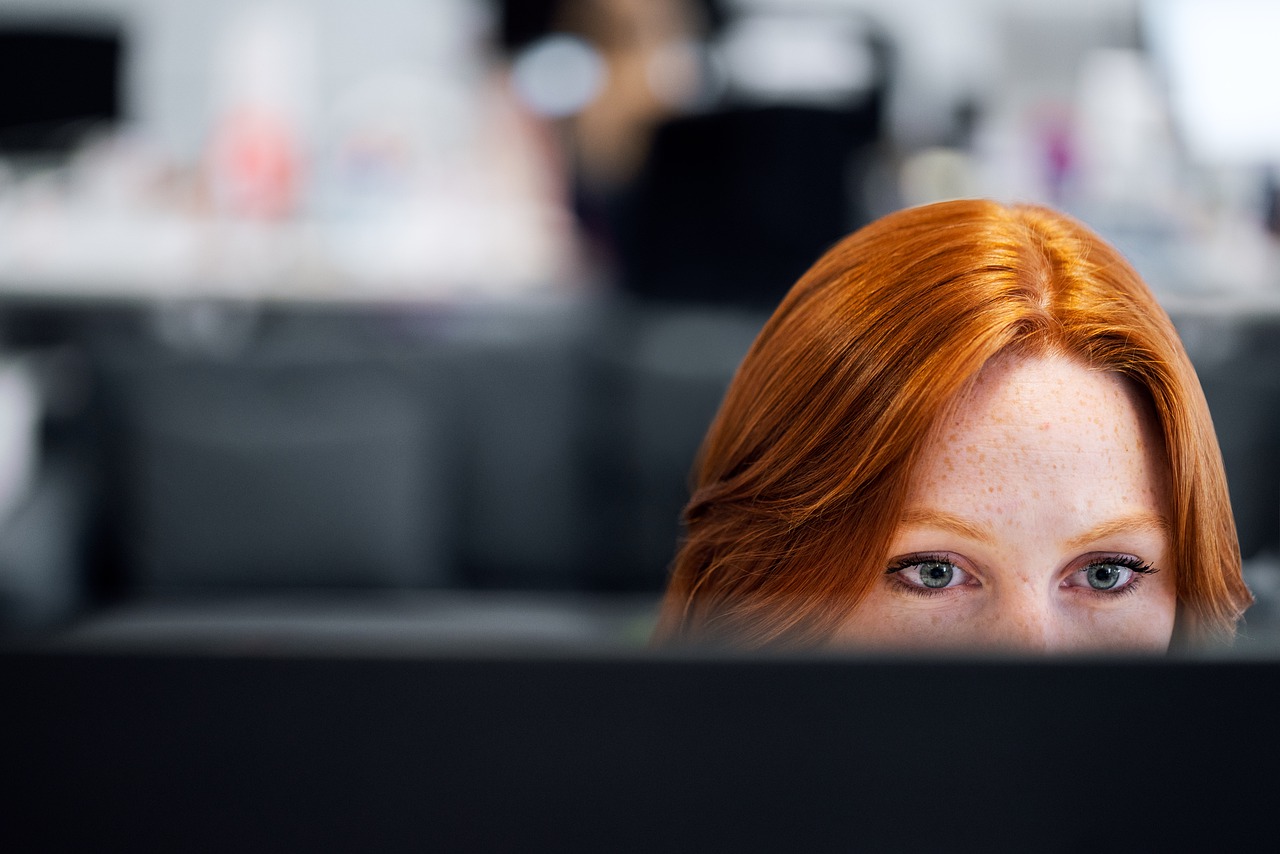
The recent technological advancement that the world has seen has completely changed life as we once knew it, turning it upside down. We can now do almost anything with a few taps on a screen; buy groceries, see a long-distance friend, and find out about world events as soon as they occur! There’s no doubt that it has made life easier and has made people more connected; however, nothing is without faults. With technology came a few side effects on multiple levels, most notably, our vision. Being attached to a screen all the time has done no good to our eyes and we’re here to let you know just how serious it is. Read on to find out how technological advancements have affected our visions.
Computer Vision Syndrome
Can you imagine that the impact of technology on our eyesight is so bad that a whole medical term was coined to express it? The term was first used to describe those who worked in offices and stared at a computer screen for hours on end, but now it could apply to anyone. While it’s normal to experience a reaction from the long hours that you spend in front of a screen, there are certain symptoms to look out for if you suspect having this syndrome. They include dry eyes, eye strain, itching or burning sensations, watery eyes, and double or blurred vision. Here’s why CVS came to be a well-known term in the medical world:
- Strange Angles
Back in the good old days, when we used to read actual written text, our eyes would be pointed down instead of straight ahead. How is that relevant, you may ask? Well, reading while looking down means almost half your eyelids are closed as opposed to staring at a laptop or phone. When we spend hours reading on our phones, our wide-open eyes are more prone to drying from the air, causing discomfort and possibly leading to serious issues.
- Less Blinking
Our eyes need to be constantly lubricated to function, and that’s where blinking comes in. It causes a thin layer of water to cover our eyes to keep them moist. The average rate of blinking is 12-15 times a minute; however, when we’re browsing the days and nights away on our devices, we actually forget to blink! While focusing on a screen, your brain can forget to send the signal to your eyes to do all that needed moisturizing, which leads to itching and the accumulation of grit in your eyes.
- Close Distance
We are all guilty of being attached to our devices, but our need to always hold them way too close for comfort can backfire. Studies found that we love our phones so much that we only keep them 12-16 inches away while texting or reading! Notice the way you read a printed text as opposed to something on a device and you’ll know exactly what they’re talking about. The close proximity means smaller pupils, making your eye muscles strain to adjust to its size. Your eyes are now forced to focus twice as hard, which causes eyestrain and dryness.
Retina Damage
The attachment to our devices goes even further when we snuggle up with our phones before going to sleep. This new habit means that our eyes are more exposed to blue light that is emitted from every LED device and transferred straight to the retinas – the inner lining at the back of our eyes. If your phone is your go-to for night reading, you can cause severe damage to your retinas and your ability to see things right in front of you. Fortunately, there are ways to block blue light emanating from devices using screen filters and blue light glasses. They don’t only protect your eyes but can guarantee that you sleep faster, longer, and with more energy in the morning. Make sure that you also have your brightness set to the lowest at night and use the ‘dark mode’ on apps.
Vision-Related Problems
With all these problems our vision faces due to technology, it’s bound to go beyond just the eyes. Due to the connection between our eyes and brain, eye problems are usually accompanied by headaches and migraines. The eye strain caused by being exposed to screens for long hours leads to tension headaches and it’s one of the most common types among all ages. It comes from having your brightness set high, in contrast with the dark text setting, which all makes your eyes work harder to focus, causing muscle spasms in your temples.

Even though there are many vision issues to look out for if you’re a heavy LED device user, protecting your eyes from them isn’t difficult. Simply adjusting brightness levels, using moisturizing eye drops as well as protective screens and glasses will save you great discomfort. Try not to get carried away in how long you’re using your device by setting specific screen times to limit your exposure to them. Take a short break now after this 5-6-minute read!




